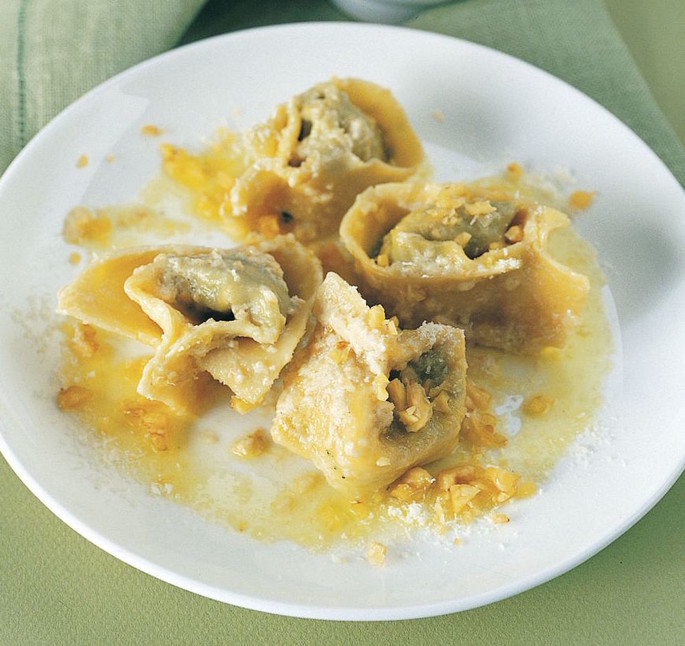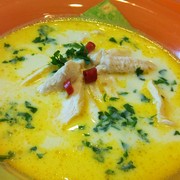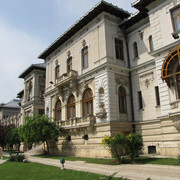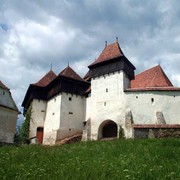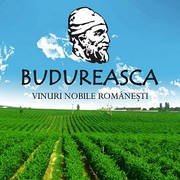Borragine is the Italian name for borage, or starflower, a Mediterranean herb known for being highly versatile.
Its name comes from the latin “borra”, a textile of rough wool, which refers to the plant’s fluffy leaves.
Borage is traditionally cultivated for culinary and medicinal uses. The seeds are used to produce oil, very appreciated for its high concentration of gamma-linolenic acid (GLA): borage is in fact the highest known plant-based source of this fatty acid, used for nutritional, dietetic, medicinal, and cosmetic purposes.
Borage can also be used either as a fresh vegetable or a dried herb. The leaves are the part of the plant mostly used for culinary consumption.
Its flowers, which are predominantly blue but can also be white or sometimes pink, are often used as a food decoration. The blue flowers are one of the few truly blue-coloured edible substances, and they are also used as a natural colorant for vinegar.
Borage flowers, for their high presence of nectar, are also very suitable to the production of honey.
The culinary use of borage is very limited geographically. It is commonly used in Germany, in the Spanish regions of Aragón and Navarra, and in the Greek island of Crete.
In Italy, borragine is produced in Liguria, although it is known and consumed in the surrounding areas, such as in Piedmont.
One of the most popular dishes with borragine is the Ligurian pansoti, fresh hand-made pasta filled with ricotta and vegetables.
Here is our suggested recipe.
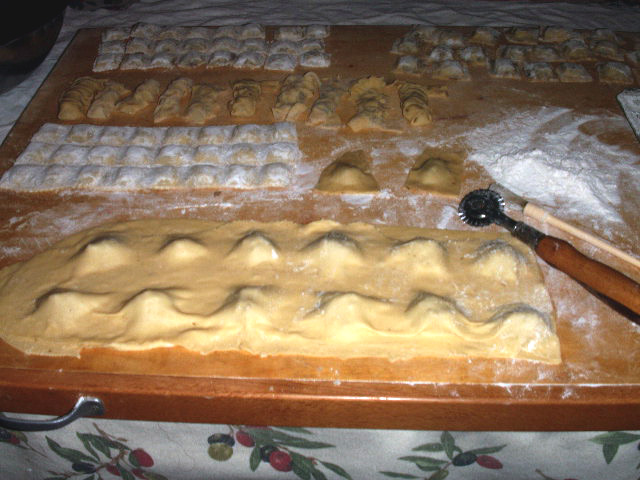
Ingredients
- 400 g flour
- 250 g borragine (borage)
- 250 g spinach
- 200 g chard
- 200 g ricotta
- 60 g grated Parmesan cheese
- 3 eggs
- 1 glass white wine
- marjoram
- salt
Method
- Knead the dough, which is made mixing the flour with one egg, the glass of white and a pinch of salt.
- Roll out the dough with a rolling pin, and let it dry on a floured surface for half an hour at least.
- In the meantime, boil the vegetables in salted water. Once they are cooked, drain them and blend them adding the ricotta, the two eggs left, the Parmesan cheese, the marjoram and a pinch of salt.
- Cut the dough into squares or triangles of about 5 cm on each side. Put some of the filling in the centre of each piece of dough, and close the pansoti, making sure to seal the edges with your fingers.
- Let the pansoti rest on a floured surface for about half an hour. Then cook them in boiling water for about 10 minutes, until they start floating.
Pansoti are usually served with the typical walnut sauce.

